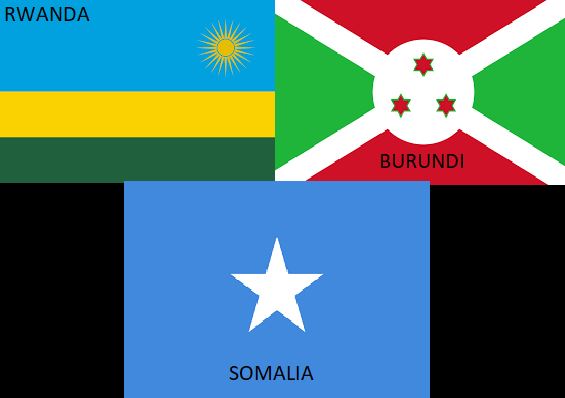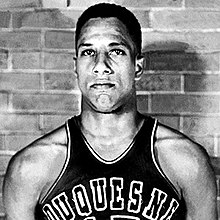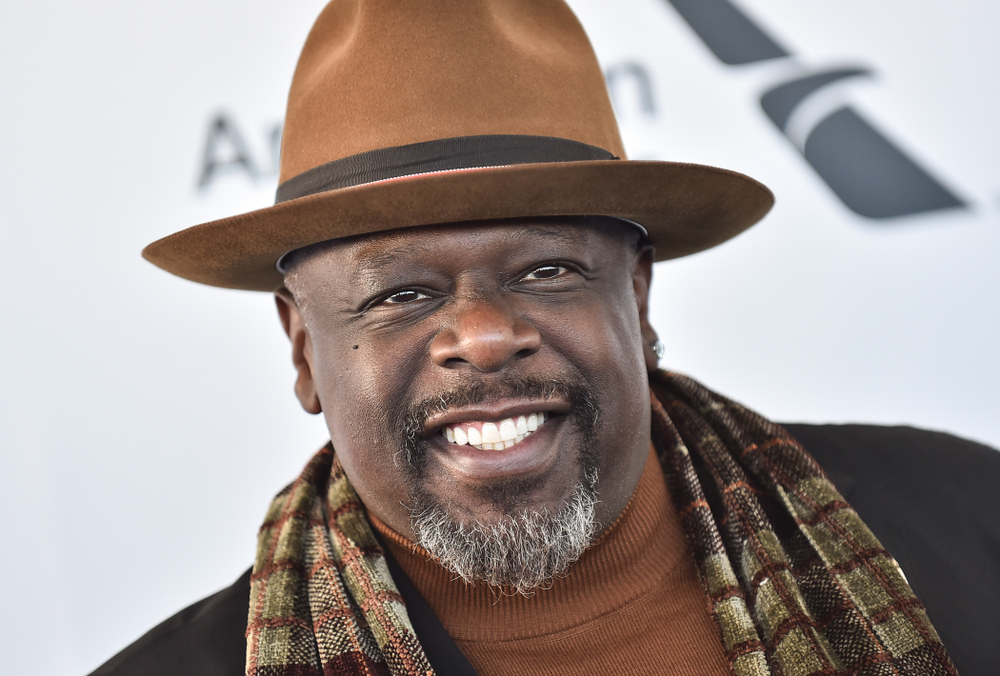July 1st serves as a day of independence for three African countries: Somalia, Burundi and Rwanda.
The first country to gain independence on this day was Somalia. The northern and eastern coasts have long been open to the outside world prior to colonial exploration. Muslims and Persians developed a series of trading posts in Somalia along the Gulf of Aden and the Indian Ocean.
However, by the mid-19th century intensive exploration was underway and Britain, France and Italy were all trying to secure land in the region. Britain and Italy established British Somaliland and Italian Somaliland. After revolts in British Somaliland, the British protectorate became independent on June 26, 1960. Days later Italian Somaliland followed suit and gained independence. The two territories joined together on July 1, 1960, to form the Somali Republic and Aden Abdulle Osman Daar served as the first president.

After Somalia, the landlocked country of Burundi followed and achieved independence on July 1st. Burundi is unique because unlike the borders of most countries in sub-Saharan Africa, the boundaries of Burundi were not drawn by European powers. The borders were established by the Burundian monarchy and European forces did not enter the region until the latter half of the 19th century.
Burundi was given to Belgium after World War I when Germany lost its colonies. However, by the time of World War II, Burundians were calling for independence. The political group, Unity for National Progress, was established in 1955 and ushered in a new government headed by the party leader, Prince Rwagasore. He was assassinated on October 13, 1961, but despite unrest in the country, Burundi became independent the following year on July 1, 1962.

Rwanda also gained independence on July 1, 1962. From 1894 to 1918, Rwanda (along with Burundi) was part of German East Africa. While under German and Belgium’s control, Rwanda experienced a revolution that was rooted in issues of inequality and heritage. A revolt amongst the poor Hutu population turned into an organized political movement that resulted in the overthrow of the monarchy and full political power being placed with the Hutu.
The provisional government proclaimed independence in July 1962 and Grégoire Kayibanda of the Party for Hutu Emancipation served as Rwanda’s first president. In the years following the proclamation of independence, Rwanda faced genocide and political instability.

Rwanda, Burundi and Somalia each declared independence from European forces. Although the countries have struggled with political instability, they still remain independent.








